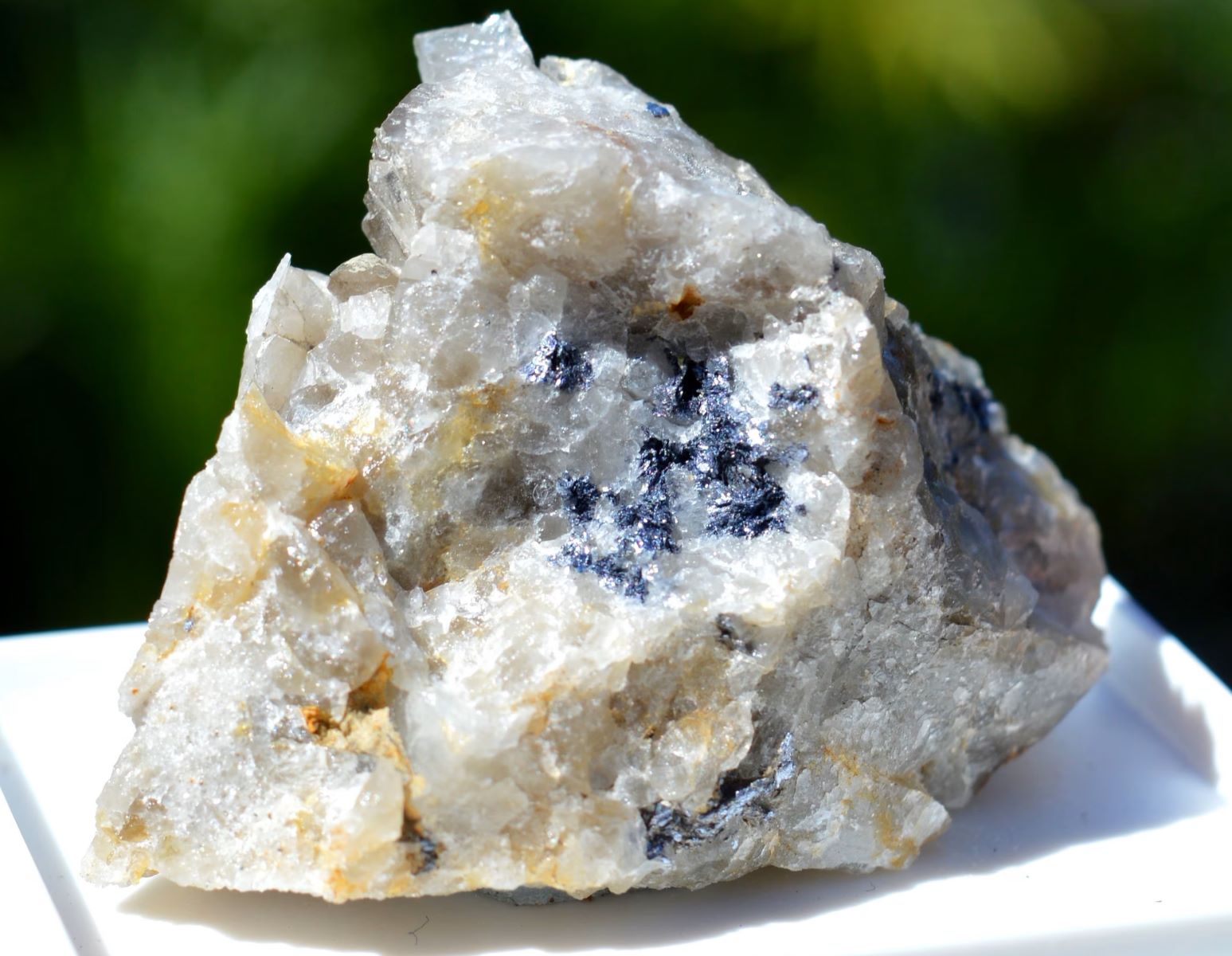
Ferrimolybdite is a rare mineral that often intrigues geology enthusiasts and collectors alike. What makes Ferrimolybdite so special? This mineral, primarily composed of iron and molybdenum, forms in oxidized zones of molybdenum-bearing ore deposits. Its striking yellow to greenish-yellow color and needle-like crystal formations make it a visual treat. Found in places like the United States, Germany, and Russia, Ferrimolybdite is not just a pretty face; it also holds significant scientific value. Understanding its properties can offer insights into geological processes and mineral formation. Ready to dive into 30 fascinating facts about Ferrimolybdite? Let's get started!
Key Takeaways:
- Ferrimolybdite is a rare, yellow-green mineral formed from the alteration of other minerals. It's found in the US, Europe, and Asia, and is used in geological studies and as a collector's item.
- This unique mineral, Ferrimolybdite, forms from the oxidation of molybdenite and has interesting applications in education and mineral exploration. It can also fluoresce under ultraviolet light and has a specific gravity of 2.7.
What is Ferrimolybdite?
Ferrimolybdite is a rare mineral that fascinates geologists and mineral enthusiasts alike. It has unique properties and an interesting formation process. Here are some intriguing facts about this mineral.
- Ferrimolybdite is a secondary mineral, meaning it forms from the alteration of other minerals.
- It typically forms in the oxidation zones of molybdenum-bearing ore deposits.
- The mineral is composed of iron, molybdenum, oxygen, and hydrogen.
- Its chemical formula is Fe2(MoO4)3·8H2O.
- Ferrimolybdite often appears as yellow to yellow-green fibrous or powdery masses.
- It was first discovered in 1868 by the German mineralogist August Breithaupt.
- The name "Ferrimolybdite" comes from its iron (ferri) and molybdenum (molybdite) content.
- It has a Mohs hardness of 1 to 2, making it quite soft.
- Ferrimolybdite has a specific gravity of approximately 2.7.
- It is often found in association with other minerals like molybdenite, pyrite, and quartz.
Where Can You Find Ferrimolybdite?
This mineral is not just found anywhere. Its occurrence is tied to specific geological conditions. Here are some places where Ferrimolybdite can be found.
- Ferrimolybdite is commonly found in the United States, particularly in Colorado and Nevada.
- It also occurs in various locations in Europe, including Germany and the Czech Republic.
- In Asia, notable deposits have been found in Japan and China.
- Australia is another continent where Ferrimolybdite has been discovered.
- The mineral is often found in old mine dumps where molybdenum ores were processed.
How is Ferrimolybdite Formed?
Understanding the formation of Ferrimolybdite can give insights into its unique characteristics. Here are some facts about its formation.
- Ferrimolybdite forms through the oxidation of molybdenite (MoS2).
- The process involves the interaction of molybdenite with oxygen and water.
- This oxidation typically occurs in the presence of iron-bearing minerals.
- The formation of Ferrimolybdite is often a sign of the weathering of molybdenum ores.
- It can also form from the alteration of other molybdenum minerals like wulfenite.
Uses and Applications of Ferrimolybdite
Though not widely known, Ferrimolybdite has some interesting applications. Here are a few uses of this mineral.
- Ferrimolybdite is primarily of interest to mineral collectors due to its rarity and unique appearance.
- It can be used in geological studies to understand the oxidation processes of molybdenum ores.
- The mineral is sometimes used in educational settings to teach students about secondary mineral formation.
- Ferrimolybdite can also be a useful indicator mineral in the exploration of molybdenum deposits.
- Its presence can help geologists locate primary molybdenum ores.
Interesting Facts About Ferrimolybdite
Beyond its formation and uses, Ferrimolybdite has some fascinating characteristics. Here are a few more interesting facts.
- Ferrimolybdite is often fluorescent under ultraviolet light, showing a bright yellow-green color.
- The mineral can dehydrate, losing its water content and altering its appearance.
- It is not soluble in water but can dissolve in acids.
- Ferrimolybdite crystals are typically microscopic, making them difficult to study without specialized equipment.
- Despite its softness, Ferrimolybdite can form well-defined crystal structures under the right conditions.
Final Thoughts on Ferrimolybdite
Ferrimolybdite, a fascinating mineral, holds a unique place in the world of geology. Its striking yellow color and needle-like crystals make it easily recognizable. Found in oxidized zones of molybdenum-bearing ore deposits, this mineral is not just a pretty face. It plays a crucial role in understanding the geochemical processes that shape our planet.
Collectors and scientists alike value ferrimolybdite for its rarity and beauty. Its formation involves complex chemical reactions, often requiring specific environmental conditions. This makes each specimen a small geological marvel.
Whether you're a seasoned geologist or just curious about the natural world, ferrimolybdite offers a glimpse into the intricate workings of Earth's crust. Its study can reveal much about the history and composition of our planet, making it a subject worth exploring.
Frequently Asked Questions
Was this page helpful?
Our commitment to delivering trustworthy and engaging content is at the heart of what we do. Each fact on our site is contributed by real users like you, bringing a wealth of diverse insights and information. To ensure the highest standards of accuracy and reliability, our dedicated editors meticulously review each submission. This process guarantees that the facts we share are not only fascinating but also credible. Trust in our commitment to quality and authenticity as you explore and learn with us.
